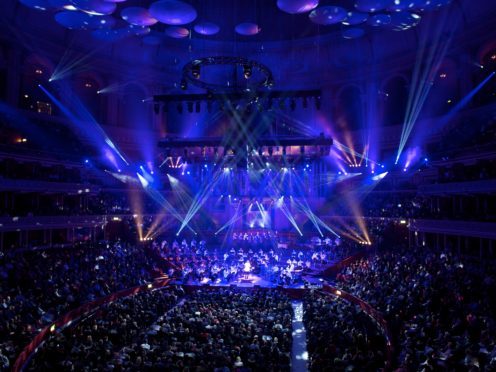Video games have become a major influence when it comes to introducing children to classical music, research has found.
The Royal Philharmonic Orchestra wanted to find out how children heard orchestral pieces.
Overall – aged six to 15 – it found that 15% said they had discovered classical music as a soundtrack to a computer game, with boys more likely to do so than girls.

For seven-year-olds, video games (18%) were just as influential as private music lessons (17%) in nurturing an early interest in orchestral music.
Film (41%) has become the biggest single influence for children of all ages, followed by soundtracks to TV shows (34%).
Only 29% of children said they had listened to orchestral music at school.
Others cited car journeys (25%), private music lessons (23%), the radio with their parents (17%) and YouTube (16%).
Many children (32%) said their school did not encourage them to learn a musical instrument.

The orchestra said that film, gaming and online media were replacing the classroom, amid funding cuts, in nurturing an early interest in the world of orchestral music.
James Williams, managing director at the Royal Philharmonic Orchestra, said: “Many … have come to love the sound of the orchestra through the gaming experience.”
He added: “There has been much debate about school cutbacks on musical education and our research certainly suggests this can have a lasting impact on a child’s interest in any genre of music.
“That said, in the fast moving digital age, children are getting a myriad of opportunities to discover the genre through visual and online media.”
The research was conducted by YouGov.
